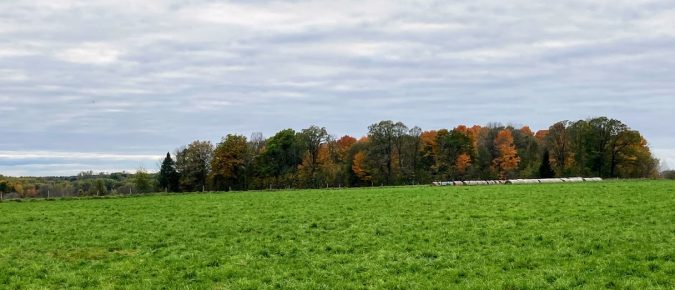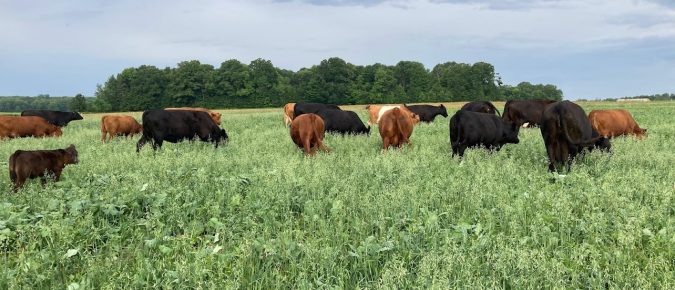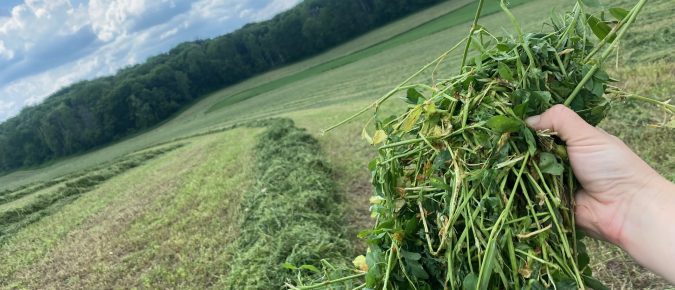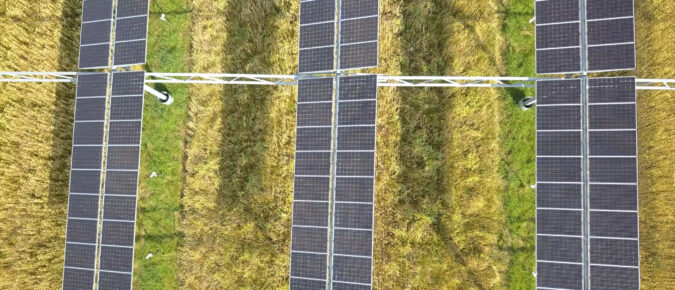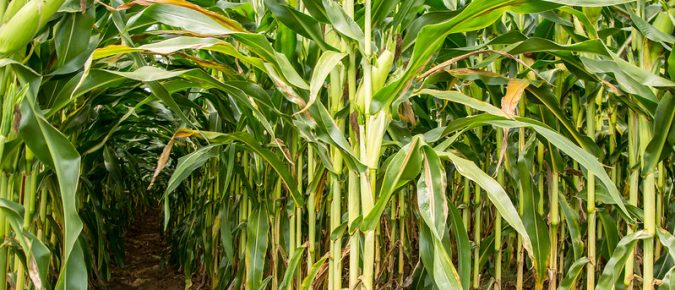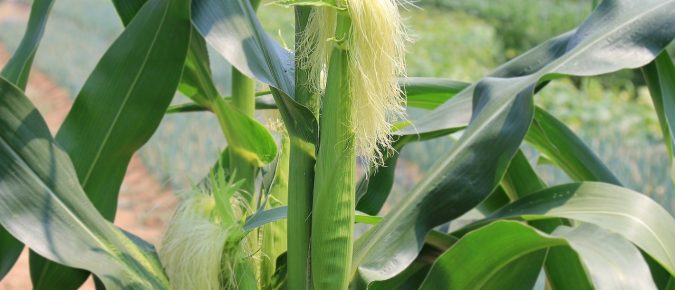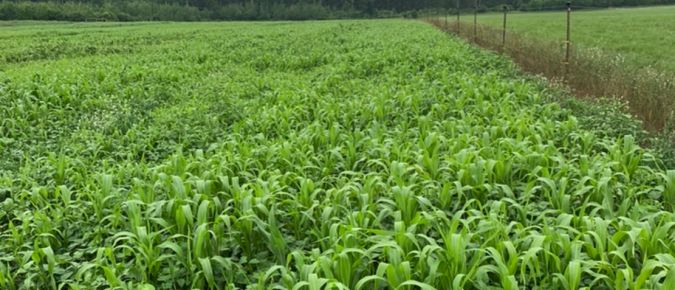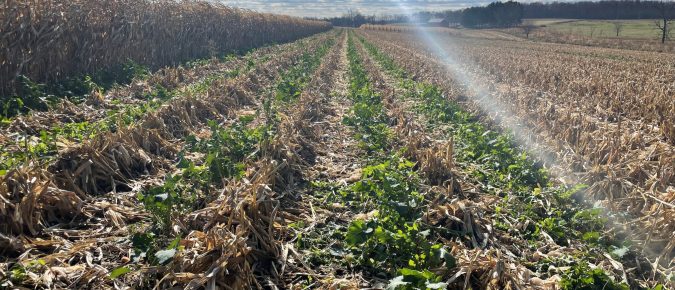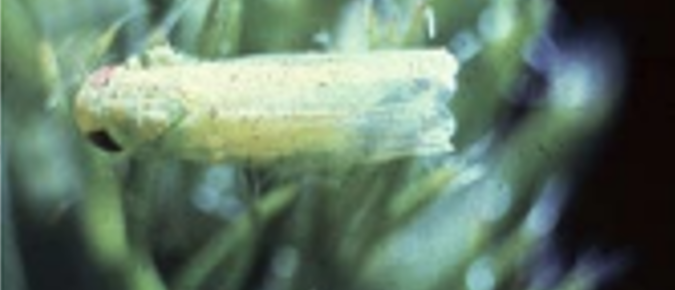Articles
Fall forage growth opens a window for stockpile grazing
When the calendar turns to August, it’s usually time to think about setting pastures up for stockpile grazing. Stockpile grazing is the practice of letting pastures grow through fall (usually 60 days or more) until frost, and then grazing them as far into winter as conditions allow. Stockpile grazing is often set into motion in early August harvest.
Grazing cover crops to preserve stored feed
Variable corn stands, short hayfields, and parched pastures are par for the course with the drought this growing season. As a result, graziers are already dipping into stored winter feed, while hay supplies become increasingly limited and expensive.
Growing successful late-summer and spring planted forage crops
The decision to utilize late-summer planted forage crops as a feed source may be necessary when in-season crop yields fail to meet expectations or opportunities exist in the current crop rotation. One should evaluate the decision to plant and harvest late-summer planted forage crops carefully.
Field Notes Episode 11: Farming + Solar = Agrivoltaics
There is a lot of solar being sited in Wisconsin with some projects reaching a pretty massive scale. The traditional narrative has been hello solar, goodbye agriculture, however a new crop of farmers, researchers, and solar companies are thinking differently: how can we continue to farm this land between, under, and around solar panels?
Maximizing Corn Silage Yield and Quality
Corn silage is unique compared to other multicut forage systems, such as alfalfa, as there is only one opportunity to harvest the crop annually. Therefore, farmers, agronomists, and agricultural professionals must dilligently monitor corn silage acres to identify the optimal harvest time to maximize forage yield and quality, as well as to ensure the proper moisture content for ensiling.
Methane emissions from livestock and climate change
In the increasing discussions about how to address climate change there are conflicting claims about the need to address methane (CH4) emissions. Some people argue that methane emitted by cows is a primary cause of climate change.
The flash drought of 2023: Ideas and resources #2
Since May much of Wisconsin has faced drought. While some areas got spotty summer thunderstorms other areas have not. The scarcity of rainfall and unrelenting heat means that since the first Badger Crop Drought Webinar in June the drought has gotten worse in parts of Wisconsin.
Prussic acid and nitrate toxicity in sorghums
Sorghum plants such as sudangrass and sorghum-sudan hybrids are tropical summer annuals well adapted to drought conditions with leaves and stems with a waxy covers that limits water losses. They are widely grown for grazing, silage as well as green chop in areas that are too dry for corn.
Cover crop considerations and management after corn silage
Whether it’s reducing nitrates leached to groundwater, phosphorus to our water bodies or increasing soil organic matter and microbial biomass, the answer is generally yes. But in trying to integrate cover crops into a cropping system, what are the considerations–species selection, seeding, benefits and drawbacks–that need to be addressed along the way?
Wisconsin Management of Potato Leafhopper in Alfalfa
Potato leafhopper (Empoasca fabae) is a serious economic pest across multiple cropping systems such as all types of beans, clover, apples, and potatoes. Alfalfa is a valuable forage crop widely cultivated for its high protein content and ability to fix nitrogen into the soil.

